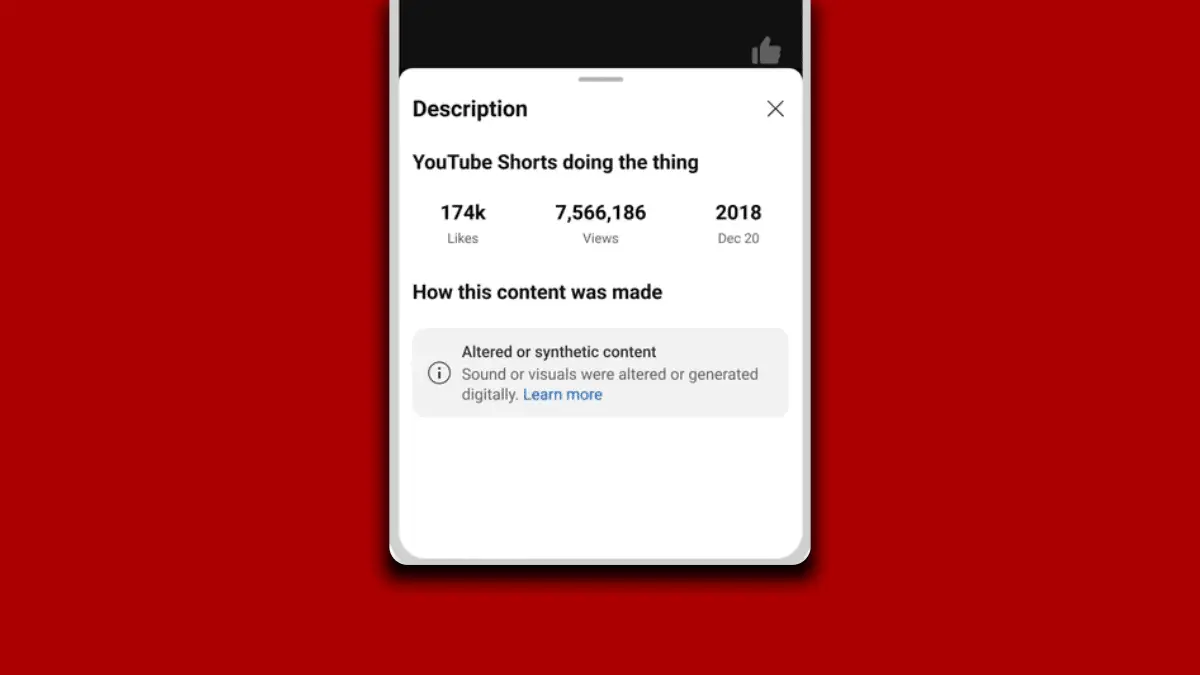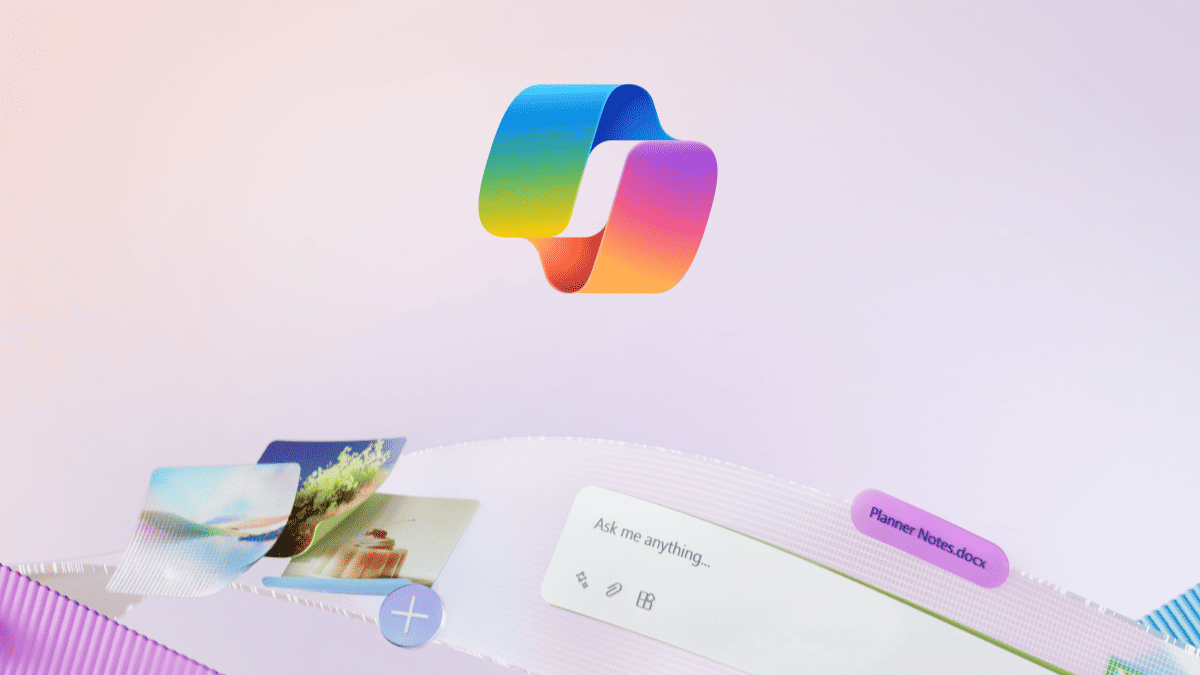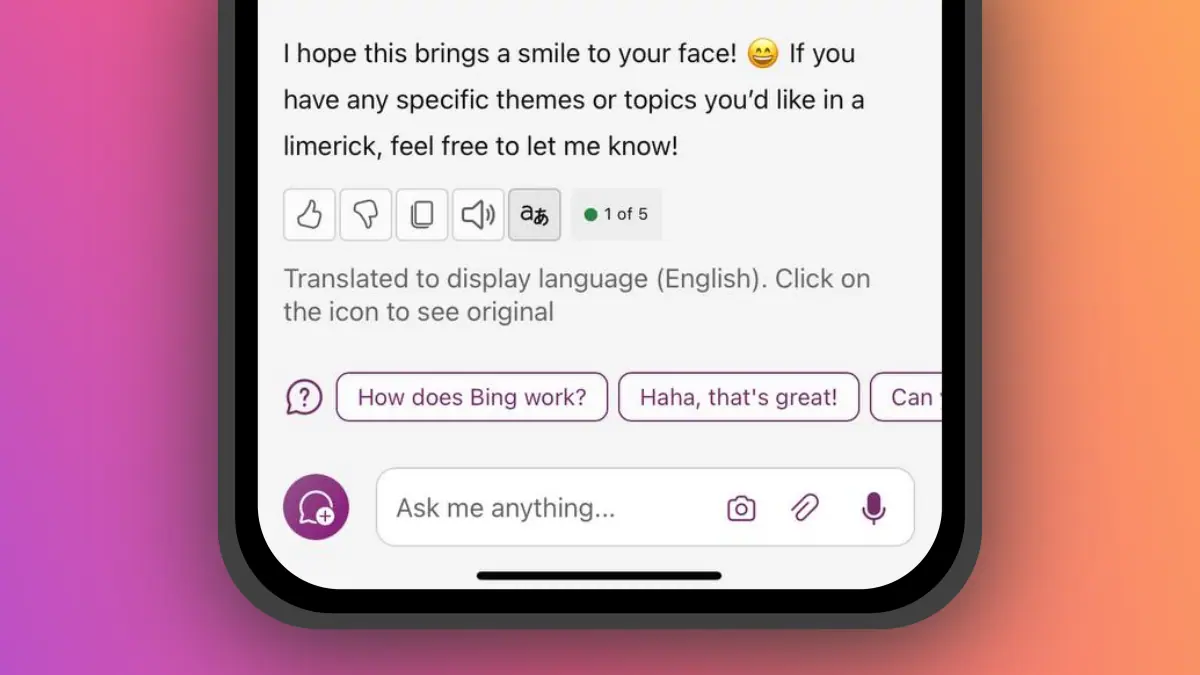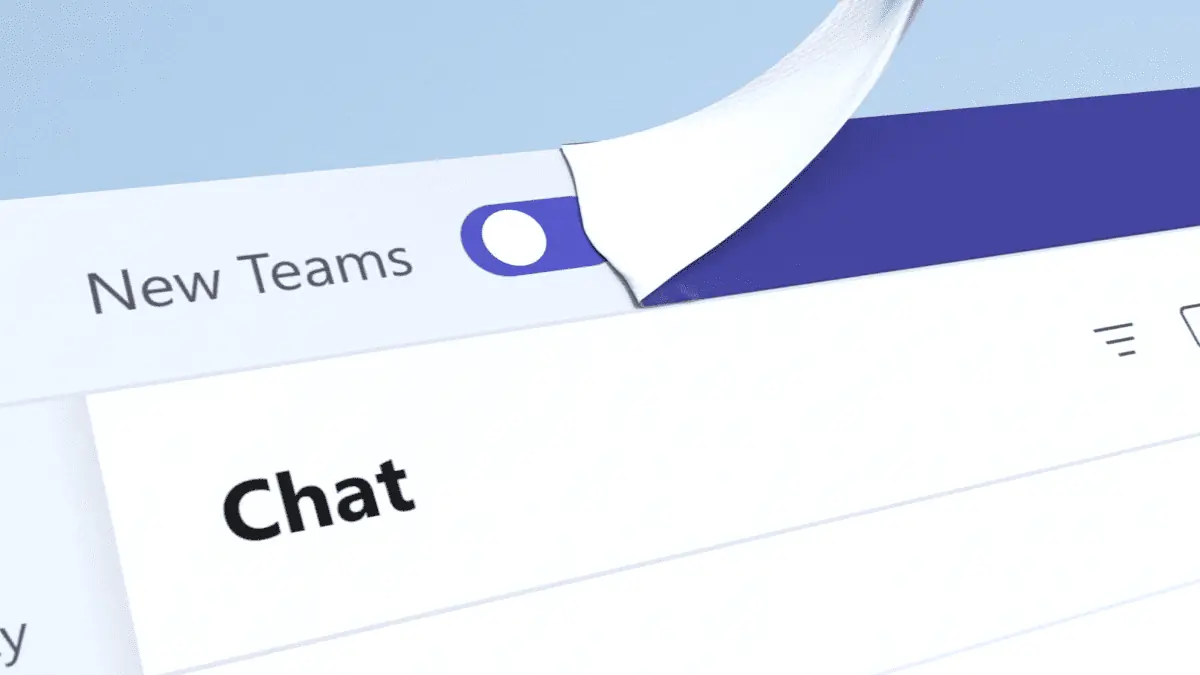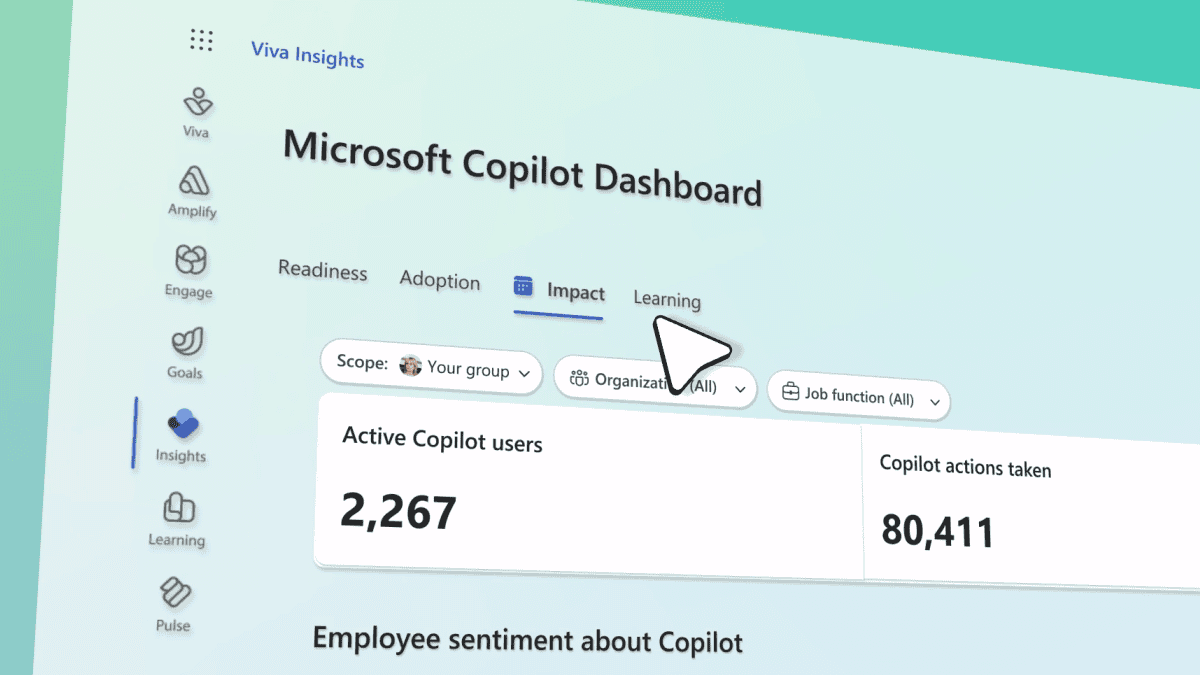5 failed iPhone experiments
3 min. read
Published on
Read our disclosure page to find out how can you help MSPoweruser sustain the editorial team Read more
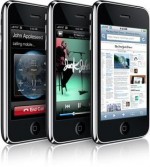

1. Selling a phone at $600 on contract
The first, like many of Apple’s mistakes, were born out of hubris. Apple firmly believed their device was revolutionary, and worth every premium they demanded. The cost of $600 with contract was near unprecedented, and after Apple ran out of rabid iPhone fans willing to pay the price and sales started flagging, Apple were forced to lower the price to a more manageable $400 and issue a $100 credit to furious early adopters a mere two months later. Of course Apple paid this in their fait currency, iTunes credit, so all Apple really lost was face.
2. Activation at home
Another mistake driven by hubris, Apple sold the iPhone without any contract, feeling confident that Apple engineers preventing the unlocking of the phone were smarter than the thousands of unpaid hackers rearing to undo their work. This was clearly not the case, and less than 6 weeks later the iPhone was freely unlockable, fuelling a gigantic unlocking and smuggling trade. Apple initially lashed out in anger, using one of the many bug fix updates to brick many unlocked iPhones. After an extremely negative reaction however they became more circumspect in their cat and mouse game with hackers, and eventually came to realise that selling iPhones to the world market did extremely well to bolster flagging sales on the AT&T network.
3. Web apps
Not much to say here. Believing smartphone users would be satisfied by web pages masquerading as native applications seemed a form of madness. The jailbreaking community soon showed Apple the error of their ways, producing numerous native apps, some of which may still not be surpassed by official SDK applications, due to the restrictions on these. After assuring prospective iPhone buyers before the launch that web apps would be more than good enough, Steve Jobs again had to engage in an embarrassing climb down exercise with the announcement of the iPhone SDK.
4. Selling a EDGE phone in Europe
While the US market, with its poorly developed GSM 3G market was ideal for the release of an EDGE phone, Europe was much less welcoming. Despite apparently setting records as the best selling phone on many of the exclusive carriers (other phones are mostly available on all carriers) numbers released by the carriers suggested much less than 500 000 iPhones were sold officially in Europe into a combined population (Germany, France and UK) of more than 200 million, compared to 5 times as much into the slightly larger 300 million American population.
5. Exclusive carrier agreements
Another area where Apple over-estimated the strenght of their brand, they were promising to deliver millions of customers to carriers in return for a share of their revenue. When rampant unlocking proved that such arrangements would be a little value, and poor sales due to lack of consumer subsidy showed that iPhones were an elastic commodity after all, new carriers refused to sign up to Apple’s usurious agreements, and Apple were forced to abandon their world-changing business model.
So, one is led to ask, what is left of Apple’s promise to change how phones are sold? Not much really, and far from being revolutionary, 3G iPhone will be just as conventional as any other high-end phone.

